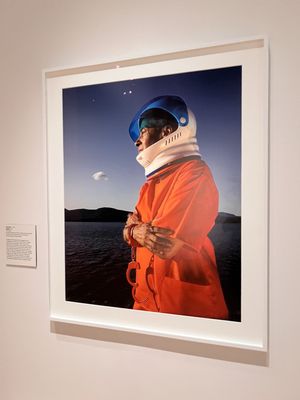National Museum of African American History and Culture
Smithsonian museum with exhibits on African American history and culture
Smithsonian museum with exhibits on African American history and culture





































1400 Constitution Ave. NW, Washington, DC 20560 Get directions

"Opened in 2016 and designed by architect David Adjaye, the National Museum of African-American History and Culture is cited as a landmark cultural institution that reshaped Washington, D.C.'s museum landscape." - CNT Editors

"A must-see Smithsonian highlight focused on African American history and culture; while admission is free, popularity means advanced booking is often necessary, and visiting outside peak tourist months will make for a more relaxed experience." - Nicholas DeRenzo Nicholas DeRenzo Nicholas DeRenzo knows where to eat, stay, and play in almost any locale. A travel writer and editor, he has contributed articles to Condé Nast Traveler, BBC Travel, Travel + Leisure, New York magazine, The New York Times, and Sunset. Travel + Leisure Editorial Guidelines

"A Smithsonian museum dedicated to the cultural heritage and history of African Americans, housed in a bronze-lattice–wrapped building on the National Mall and featuring exhibits on everything from food and language to art and broader cultural contributions." - Evie Carrick Evie Carrick Evie Carrick is a writer and editor who’s lived in five countries and visited well over 50. She now splits her time between Colorado and Paris, ensuring she doesn't have to live without skiing or L'As du Fallafel. Travel + Leisure Editorial Guidelines

"The newest Smithsonian museum, showcasing African American history and culture." - Michael He

"This fantastic museum — note that timed-entry passes are required — offers powerful exhibits that explore slavery, the Civil Rights Movement, sports, music, and many other facets of African American history and culture." - Dobrina Zhekova Dobrina Zhekova Dobrina Zhekova is a writer with over a decade of editorial experience in Europe and the U.S. She covers luxury travel, art, architecture, and design. Her writing has appeared on InStyle.com, Vogue.com, Elle.com, and more. Travel + Leisure Editorial Guidelines